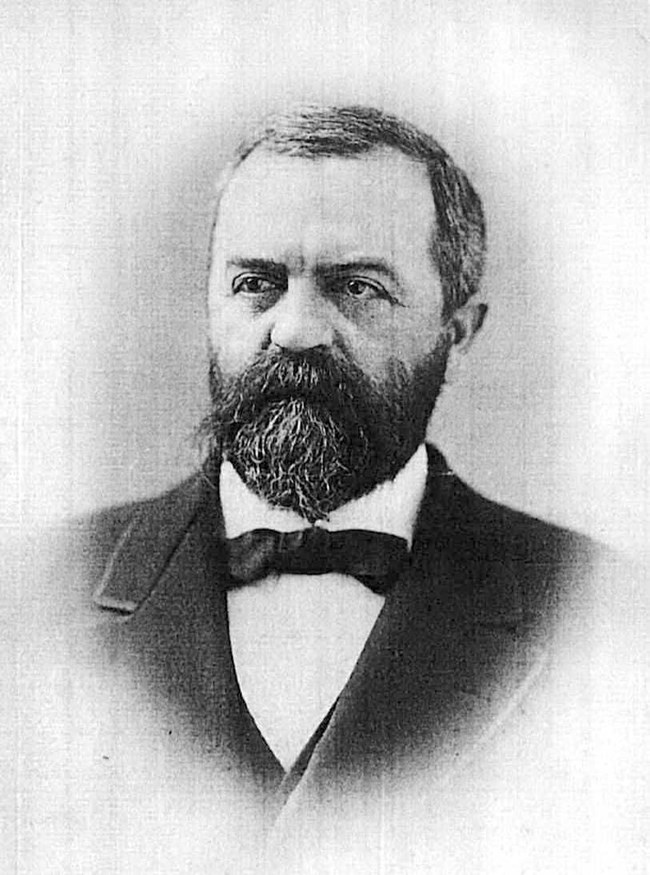
National Archives Andrew Wallace Evans was born in Elkton, Maryland on July 6, 1829, to Doctor Amos and Mary (Oliver) Evans. Andrew did his early education at Elkton Academy before doing under-graduated at Harvard in 1846-1847. In 1848, he entered the US Military Academy and graduated in 1852. He was assigned to 7th US Infantry at Fort Arbuckle, Indian Territory until 1853. From 1853-1858 Evans served with the Assistant United States Coast Survey. During the Civil War, Evans became a colonel of United States volunteers. In 1858-1859, Evans was attached to General Albert Sidney Johnston’s Expedition (Mormons War) before being ordered to New Mexico in 1860 to work for General Edward Richard Sprigg Canby inspecting forts. In 1863, he was promoted to colonel of volunteers of the 1st Maryland Cavalry, where he fought in the Virginia battles of Deep Run, Darbeytown Road, New Market Heights, Dinwiddie Court House, Five Forks, Petersburg, and Appomattox. After serving in Texas in 1865-1866 for a short spell during the Reconstruction era, Evans was given a regular commission of major in the 3rd US Cavalry and was stationed at Fort Bascom, New Mexico in 1867. Evans was the second column of General Phillip Sheridan’s 1868-1869 winter campaign against the Southern Plains Indians. On November 18, Major Evans would lead out of Fort Bascom six companies of the 3rd US Cavalry and four companies of the 37th US Infantry. Sheridan’s grand strategy of using two columns of troops as “beaters in” driving any outlying American Indians to the central column, Lt. Col. George Custer’s men. Jerome Greene, a renowned National Park Service historian, described the Battle of the Soldier’s Spring,
Evans served in Arizona until 1876 when was transferred to Nebraska to be part of the Yellowstone and Big Horn Expeditions. He fought at Tongue River, Rosebud, and Slim Buttes. In 1879 he transferred back to Arizona and participated in the expedition against the Utes. In the summer of 1882, he fought with the Apaches at Dry Wash. Evans retired from the US Army in September 1883, saying he had seen “long and hard service.” He would marry Susan A. Tuite on February 25, 1886, in Elkton, Maryland. In 1890, the US Army would officially brevet Evans as a brigadier general for his actions at Big Dry Wash. Andrew Evans died in Elkton in April 1906 from Bright’s disease. Bibliography: Jerome A. Greene. Washita: The U.S. Army and the Southern Cheyenne, 1867-1869, Norman, OK: University of Oklahoma Press, 2004. |
Last updated: December 20, 2021
